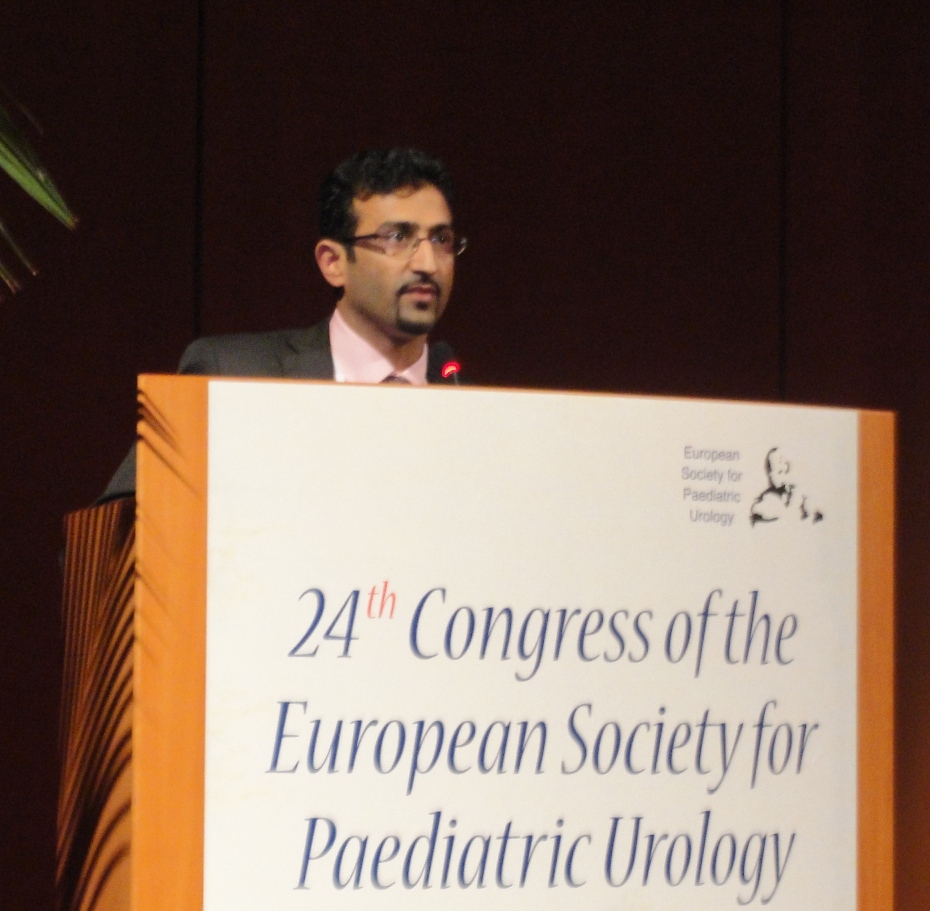Every year more than 100,000 (1 lakh) boys are born with hypospadias in India. It is s staggering number.
This incidence has been calculated from birth rate for male babies according to Census 2011 and considering that the worldwide accepted incidence of hypospadias is around 1/150 male births. Further we have adjusted this for infant mortality rate. Though our own research in a population study done by Hypospadias Foundation in Vashi & Nerul areas of Navi Mumbai has shown an incidence of hypospadias around 1/126 male births, the base population was only 1200 births which was not very big, hence we did not use this figure.
At Hypospadias Foundation, we are concerned about this increasing incidence of hypospadias across the globe and we are planning to devote time and resources towards research. At the same time, even if we ignore minor hypospadias and those babies without chordee, in whom we can avoid surgery, still about 70,000-80,000 babies will need hypospadias repair surgeries in India every year.
In India, hypospadias repair surgeries are performed by pediatric urologists (wherever available), pediatric surgeons, urologists as well as some plastic surgeons. Some of these surgeons have learnt the art of hypospadias surgery with a formal pediatric urology training while others have gained experience due to their personal interest and have achieved good results. Fortunately, there are short team visiting courses available at some international centres and also with the availability of good learning resources on internet, surgeon with special interests in hypospadias can explore multiple avenues for training. Infact the current generation of hypospadias surgeons is learning quickly and also starting their careers at a better knowledge base than surgeons who were learning hypospadias two decades back. Newer instruments, newer surgery techniques and sutures have improved the hypospadias repair outcomes.
At centres like Hypospadias Foundation at MITR Hospital, Navi Mumbai, India – a team of two surgeons with special interest in Hypospadias – Pediatric Urologist & Hypospadiologist- Dr A.K.Singal and adult urologist – Dr Manish Dubey- work together to enhance the outcomes of surgery both in in children as well as adults with hypospadias. While the aim of the team is to spread awareness and also provide for early surgery in infancy for children with hypospadias, they are also reaching out gradually to many older children and adults with failed hypospadias repairs, persisting or residual hypospadias issues. At Hypospadias Foundation, almost every week, the team gets to see an adolescent or an adult with persistent hypospadias issues such as chordee, urethral fistula, urethral stricture, or poor cosmetic outcome such as buried penis. Some of these patients have multiple problems either due to partly or improperly repaired hypospadias in childhood. These cases are looked after by the team with special attention and effort. You can see such a cases:
14 years old Multiple failed hypospadias surgeries in childhood
With growing team and experience, the number of children and adults undergoing hypospadias surgery at Hypospadias foundation have steadily increased over the last five years. This year in 2013, we will finish with around 150 hypospadias surgeries and though it is good but it not even 1% of the total burden in India. We hope to start training pediatric surgeons and urologists so that within India there is facility for budding surgeons to learn the state of art hypospadias surgery.
Healthcare and specifically surgery is all about trust and for complicated diseases like hypospadias it takes time to achieve trust. Every single child who has undergone a successful surgery at Hypospadias Foundation, the family has spread the goodwill and good word about the dedication of our team. In the last two years, we have been lucky to be a part of treatment process and lives of lot of outstation and international patients – some have come in from Surat, Jalgaon, Nasik, Kolhapur while others have travelled even from Delhi, Ahmedabad, Bangalore, Jaipur and even as far as Jammu or Calcutta. Internationally, we now offer assistance to 1-2 patients every month from countries like Sri lanka, Bangladesh, Pakistan, Nigeria, Kenya, UAE and Congo. Most of the patients who travel these large distances are either failed hypospadias or complex hypospadias who haven’t been able to get satisfactory counseling or answer to their problems.
Our team at Hypospadias Foundation helps the families with email guidance, online consults, follow-ups and planning travel and surgeries according to availability of Dr Singal and Dr Dubey.
You can watch Videos of Hypospadias Surgery on our youtube channel:
Videos:
Distal penile hypospadias repair
Severe Hypospadias single stage repair by Dr Singal
Contact Hypospadias Foundation
Dr A.K.Singal can be contacted at
- MITR Hospital & Hypospadias Foundation, Kharghar – 022-27742558/ 4229 & 9324180553
Mon/ Wed/ Fri 5:00-6:00pm
- MGM Hospital Vashi – 02261526666, 6607
Mon/ Wed/ Fri 7:00-8:00pm
- MITR Clinic, Vashi- 02265163816, 9324502572
Tue/ Saturday 7:00-8:00pm
- Fortis Hospital, Sector-9, Vashi- 02239199222, 200
Tue/ Saturday 6:00-7:00pm
Watch our youtube channel for videos of Hypospadias surgery – Pediatric Urology & Hypospadias Channel
You can write to us at dr Singal’s email Id – arbinders@gmail.com for a second opinion or guidance.
Contact Form for Hypospadias Foundation
Please fill all clinical details and upload pictures and clinical summaries (if available)

